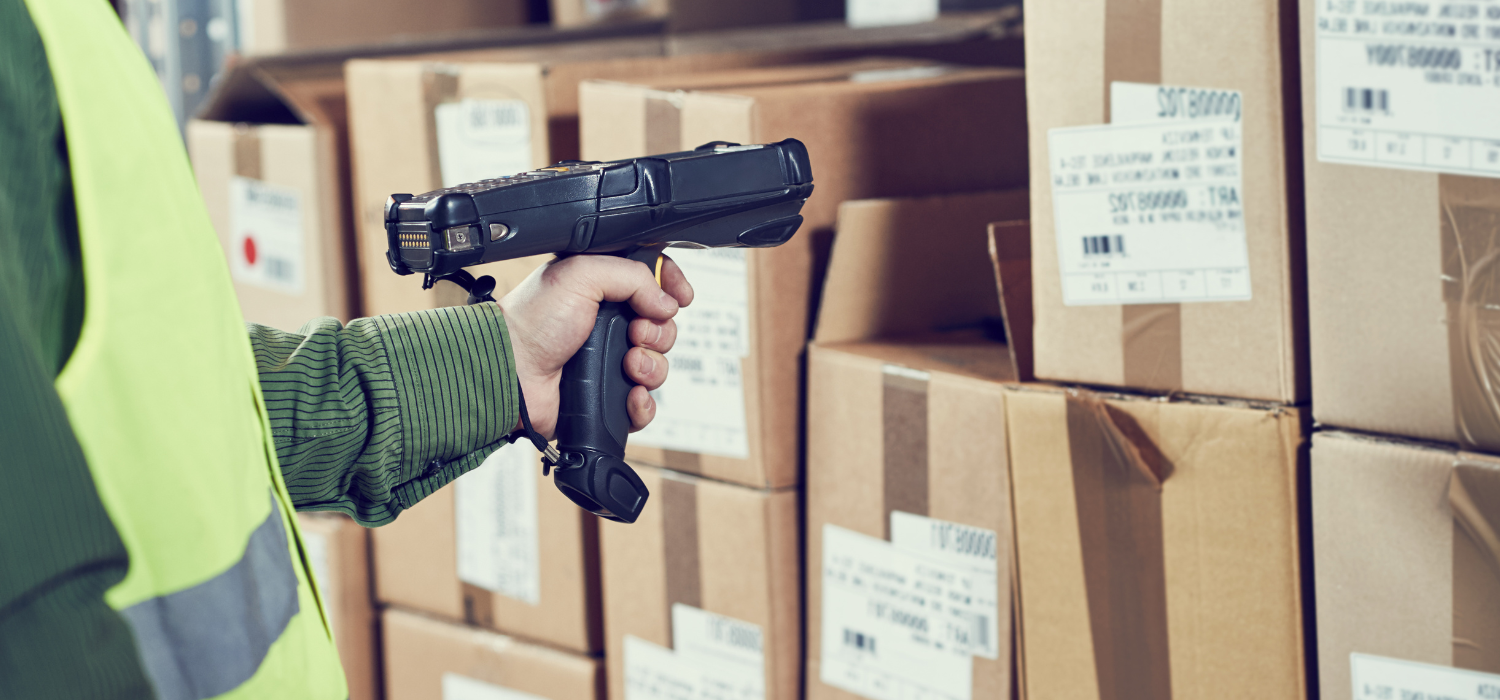When we talk about last mile logistics we cannot help but also talk about Reverse Logistics or, more commonly, return logistics.
In fact, Reverse Logistics enters fully into the whole supply chain process since it has to do with the returns of goods ordered online and which, once delivered to the final recipient, for a variety of reasons have to take the reverse route to be returned to the sender.
A definition
In short, then, Reverse Logistics refers to the set of practices and processes designed to handle returns and thus the return of products to the manufacturer to perform repair, exchange, recycling or disposal.
With the boom in eCommerce, it is inevitable that return logistics has also experienced an unprecedented exploit: as the number of products ordered online increases, it easily corresponds to an increase in the number of products being returned.
In fact, according to a recent SendCloud report, more than half of Italian shoppers (52 percent) return a product if not satisfied. A trend in line with the European average of 53 percent. In contrast, only 14 percent of buyers say they do not return a product under any circumstances, even if the purchase does not meet expectations or has defects. The most common motivation for the “no return” policy is that this is for all intents and purposes a nuisance for the user (55 percent) who prefers not to spend additional time (and money) to send the product back to the sender. This is followed, among the reasons, by the idea that return is more expensive than purchase (41%), lack of return policies (10%) or simple forgetfulness (7%).
Who pays?
Returns, we said, also represent a cost, both in terms of time and money, for consumers as well as for online stores. Just as the entire logistics process has a price (which is summed up in the cost of shipping a product), the reverse logistics process also has a cost that must be paid by the buyer or seller depending on the policy provided and can make a difference in terms of conversions and repeat purchases.
In fact, 72 percent of Italian e-shoppers-the highest percentage at the European level-report that they always check an online store’s return policy before deciding whether or not to purchase a product.
In general, for 71 percent of e-Shoppers, return shipping costs should be borne by the online store.
What can’t be missing from a good return policy
According to an estimate by the Baymard Institute, 11% of e-Shoppers believe that online stores’ return practices are unsuitable. So here are some elements that no Reverse Logistics policy should lack:
1.Timeframes provided for refunds (keeping in mind that the Online Returns Law establishes a maximum timeframe of 14 days for the seller to make a refund, after receiving the return notification from the customer).
2. Timeframe within which the return can be made (keeping in mind that 52% of Italian consumers do not complete an order if the return period is less than 30 days).
3. Any additional costs for returning the product.
Ways to properly make the return
To increase your conversion rate, you should also consider these elements:
1.Ease of finding the return policy on the eCommerce site
2. Ability to make the return quickly and easily
3. Ability for the buyer to make the return free of charge
4. Placement of the return label directly in the box (an option provided by less than 1% of online stores).
The sustainability of returns
Finally, there is one last issue that cannot be omitted when establishing your returns policy, and that is the environmental (and social) sustainability of shipping. Just as the last mile is the most polluting part of the entire logistics process, Reverse Logistics also has its impact in terms of sustainability. That is why it is crucial to provide alternative, sustainable solutions that give the buyer a choice of how to return the product.
Sixty-six percent of users still say they prefer home pickup as a way to make returns, compared to 23 percent who prefer to take the package to a pickup point/lockers. However, this percentage could exponentially in the short term taking into account the increasing attention and sensitivity of shoppers to the issue of sustainability, so much so that 42% of e-Shoppers say they are willing to pay more for an environmentally friendly delivery.
GEL Proximity is the one-stop shop for proximity logistics services. Create your own shipment management process, streamline your checkout, provide branded tracking, and enable return services at the Points. Contact us.






